The vehicle presented with an intermittent no-start situation.
When the vehicle fails to start there appears to be no reaction from the starter motor. The customer leaves the vehicle to sit and tries again approximatley half an hour later where in most cases it starts.
A full scan of the vehicle returned no diagnostic fault codes. The battery condition was thoroughly tested as were power and ground connections.
The customer was advised that it was suspected there was an issue with the starter motor and agreed to proceed in removal and inspection.
Please note that there are two different types of starter motors fitted to these vehicles - one with an immobiliser module built into the starter solenoid (as pictured below) and one without and they can vary greatly in price.
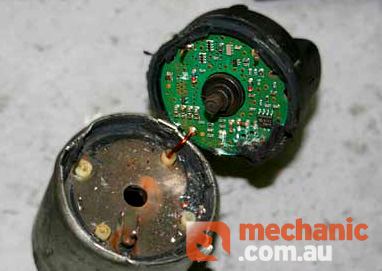
The correct starter motor type cannot always be identified by the VIN, so there are 3 methods you can use to identify the starter motor.
1. The Identification Label on the Starter Motor
The first is by using the identification label on the starter motor.
If either D7ED28 or D7ED281is printed on the label affixed to the starter motor, this means it has an inbuilt immobiliser. If D7E18 is printed on the starter motor, it is a non-immobiliser type.
2. Vehicle Data Card
Given that you can barely touch the starter motor, let alone see it, it may be easier to check the vehicle owner manual (if it is in the vehicle) by going to the back of the manual to find the data card. This is generally a blue and white sheet that will carry multiple sets of 3 digit numbers.
If the number '049' happens to be present, the vehicle is in fact, fitted with an immobiliser type starter motor.
3. Presence of a Starter Relay
Another way of checking to see which starter motor the vehicle is equipped with is to check whether the vehicle is equipped with a starter relay. Vehicles with immobilers built into the starter motors do not have a starter relay.
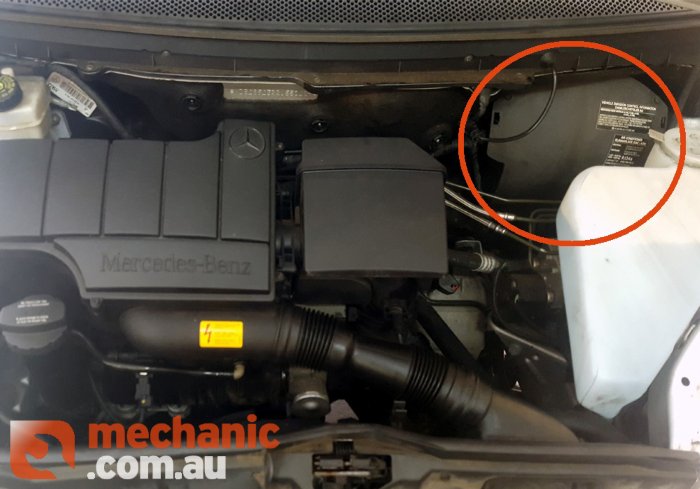
This relay is located in a compartment in the engine bay (see above) that will require removal of torx screws to access. Once the lid is removed you will find a chunk of foam, remove the foam and then you will see a green relay in relay socket K5 in the event the vehicle is not equipped with an immobilser type starter.
For vehicles fitted with immobiliser-equipped starter motors, before the vehicle will start, the PCM sends a request to the starter motor solenoid to check that it is correct.
This is done down the solenoid crank feed wire and can be seen on an oscilloscope.
If the handshake is successful, the PCM will then apply 12v to this wire causing the starter motor to engage.
Simply applying 12v to the starter solenoid wire without a successful interrogation by the PCM (eg. Bench testing) will cause the starter motor not to operate.
As a result of this functionality, checking for power at the solenoid under crank is not a suitable test for these vehicles.
This also means that using a second hand starter motor is not possible as once this type of starter motor is fitted to a vehicle, it is 'coded' to it and cannot be used on another vehicle.
Replacement of the starter motors on these vehicles generally takes approximatley 6 hours as the engine has to be dropped down.
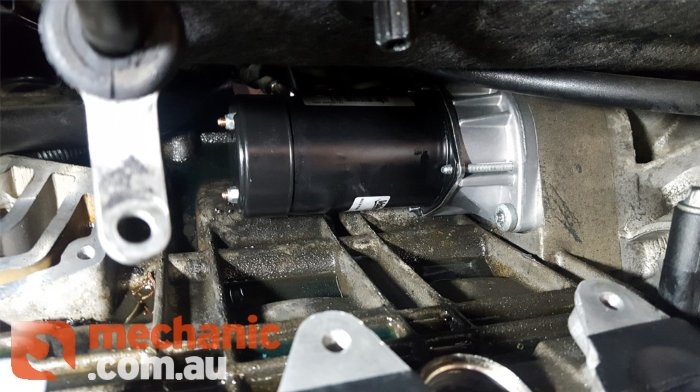
We have however, discovered that the job can be completed in approximatley 3 hours by removing the airbox, ecu, fuel rail and inlet manifold and accessing the starter motor from the top of the engine.
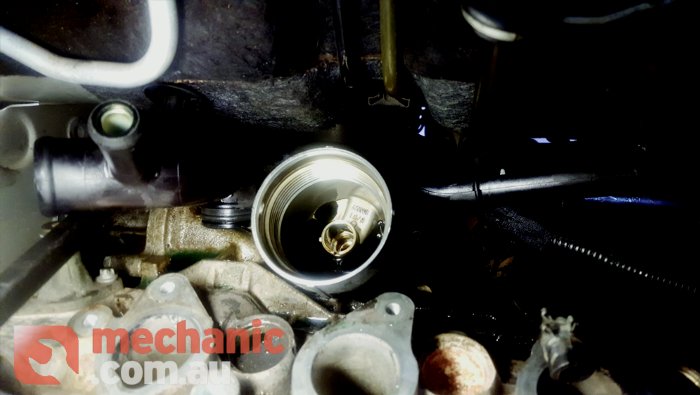
Please note that you will need to drain the coolant and replace the injector o-rings and inlet manifold gasket.
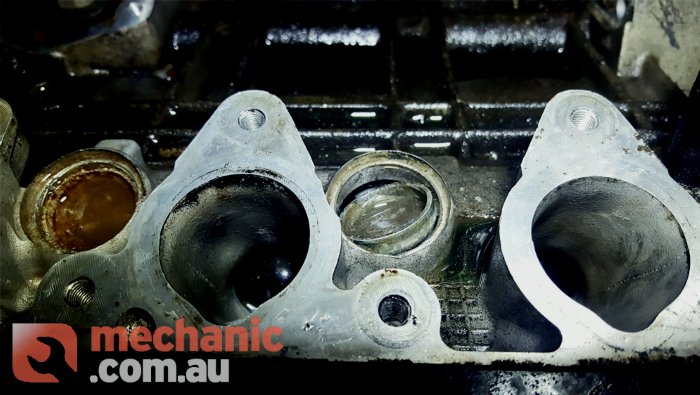
The welch plugs were leaking on this particular vehicle so it made sense to replace them whilst they were accessible.
Do you have an interesting case study or technical article?
For your chance to win a prize and get your article featured, submit it to [email protected]